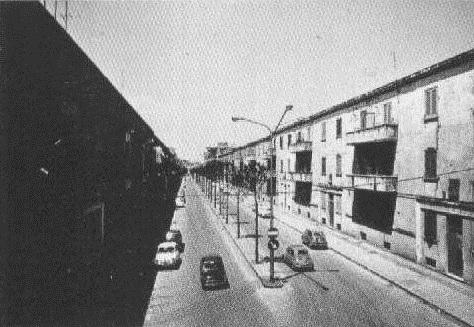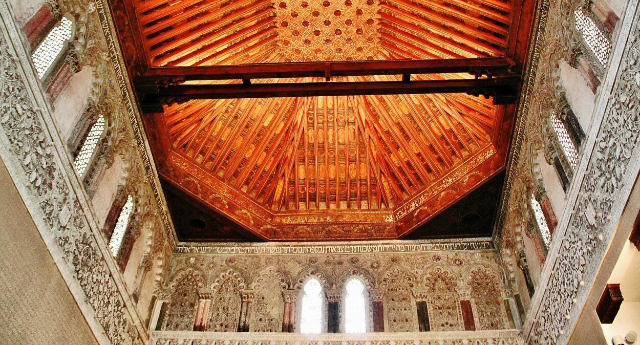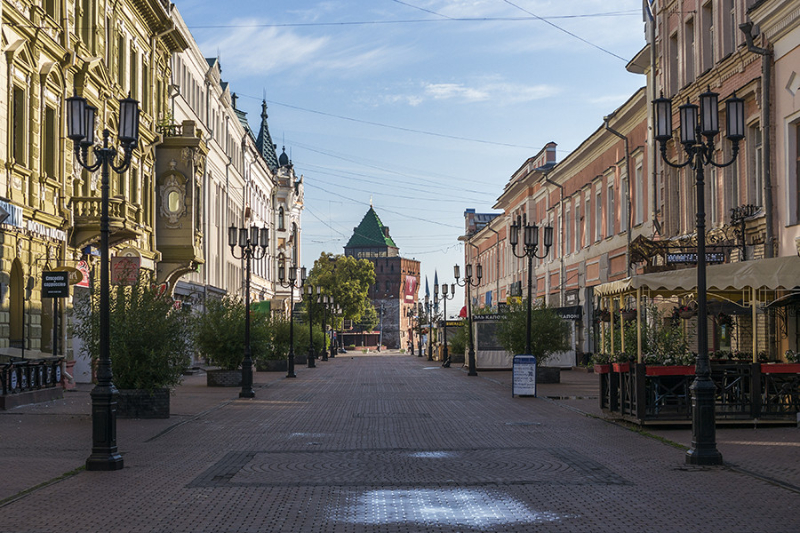The urban and industrial complex of Pomigliano was the conclusion of a long series of urban and architectural interventions carried out during the Fascist period, when the building practice of constructing villages and workers’ quarters, cities of new foundations and re-foundations, as well as examples of gutting, thinning, villages and rural communities, each motivated by precise needs, not only residential, but also political and propagandistic, was widespread throughout Italy. The architectural and urban transformations in Pomigliano were in fact aimed at sanctioning the presence of the Fascist State in an area, such as Naples and its province, that counted prominent intellectuals in open contrast to the Fascist ideology.After the construction of Alfa Romeo, and following the approval of the master plan in 1942, the construction of the urban settlement in Pomigliano began to accommodate the workers. The rationalist urban planning technique adopted by Fascism provided for a rigid checkerboard layout based on an overlap of parallel and perpendicular lines (cardo and decumanus). In the case of Pomigliano one cannot speak of a workers’ village of the 19th century matrix, nor of a social city, and even less so did the new city ever come to swallow up the original nucleus, until its identification in the city-factory, as happened in Turin. The residential quarter of Pomigliano was the urban settlement made up of those buildings which provided accommodation for workers and employees. Similarly to what was done in Colleferro, three types of residences were built here: villas for managers, houses for employees and housing for workers. The residential area was quite distinct and separated from the industrial complex and from the ancient urban center, more for the need of thinning out the buildings than for the need to protect the residents in case of air raids. In the vast area destined for housing, located south of the industrial settlement, you can immediately identify the four blocks that were built first in 1940. They are buildings in line, with a consistency of 600 dwellings, of which 552 for workers, to which was associated in the courtyard an individual garden of about 90 m², a true expression of rurality. The profitable use of the domestic vegetable garden, called garden, was considered a strong bond of affection between the tenant and the place. The relationship between green and residence became one of the essential components of the project of the new idea of city, which was spreading in Europe. Garden cities not only responded to the need to offer an aesthetic alternative to the historical city, but also ensured the maximum rationalization in the use of land with minimal urbanization costs. The intervention of Pomigliano, specifically, is comparable, both for type-morphology and for the size of the project, to the famous courtyard blocks built in Holland and Germany in the twenties and thirties. The fulcrum of the new district, called Palazzine, was and is represented by the intersection of the main road axes, viale Alfa and via Terracciano; the body of buildings that constituted the workers’ housing extended parallel to viale Alfa. This group of dwellings included collective solutions, of linear type, with rectilinear bodies of factory and arranged at the edge of the road, in number of eight parallel elements, grouped two by two, with the rear side of each element facing a green area used as a vegetable garden. The apartments for the employees were placed in front of each of the eight buildings and differed from the lodgings destined to the workers not only for the position at the head of the building, but also for the internal composition and the stylistic choices adopted. Each building was composed of only three floors and had ten entrances. The entrance portals can be considered the only artistic concession which takes the Palazzine away from the elementary aesthetic rigour, thanks to the terracotta tiles, by an unknown author, placed above each portal and depicting workers portrayed in the most important moments of their work in the factory.In Pomigliano, the reserved area, which housed the houses for specialized technicians and the villas for managers, was physically separated according to a hierarchical order, functional both to the political and to the company organization. The rationalist fascist architecture was used in particular for the construction of buildings that had a social function: the museum, the nursery, the hotel, the company school, the office building, the new Circumvesuviana station, already built in 1936, and the sports and recreational facilities for employees. The Milanese architect Alessandro Cairoli, author of the Pomigliano town plan of 1939, proposed stylistically heterogeneous solutions, which looked to the German school for the urban layout of the residential district, to the constructivist ones for the heads of the employees’ houses and for the nursery school and to the Roman Novecento for the company school.After the Second World War the realization of the industrial city, the only model of industrial colony of Fascism in the South, was interrupted. Currently, the Fascist plant of Pomigliano is recognizable only through the urban road network and through the few traces that the remaining buildings preserve of their original characteristic physiognomy, today hidden by the dense building fabric that has been built around it. (Taken from Storia di Pomigliano d’Arco – Basile , Esposito)













